Master Math: 4 Fun Ways to Teach Kids Maths Through Grocery Shopping
The Unseen Classroom is a series of blog posts to show the overwhelmed parents they can turn daily activities into enriching learning experiences.
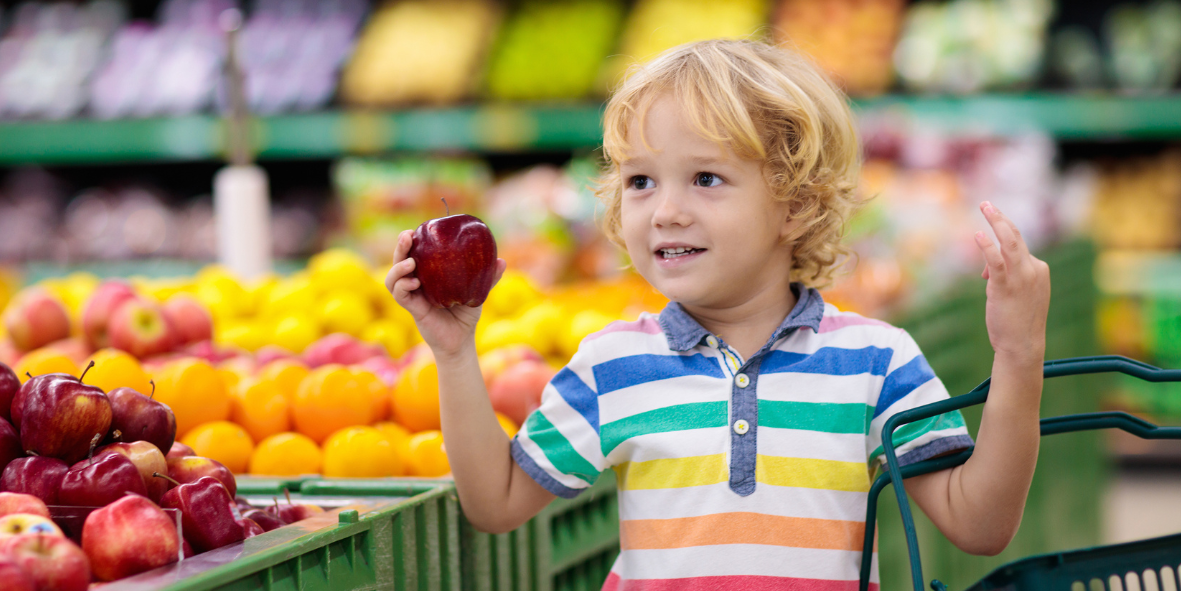
Have you ever considered that your weekly grocery shop is more than just a chore?
Let’s discover how your routine grocery shopping trips are secret math lessons for your children. From counting apples to budgeting, learn how everyday activities are educational.
I hear you! I know it isn’t easy shopping with kids!
I’ll never forget those days when I took my kids shopping, vowing each time to never do it again. They never wanted to stay close and would get bored so quickly!
My biggest mistake was going to the supermarket when they were hungry – talk about a minefield! One minute everything seemed fine, and the next, it was a chorus of complaints. The echoes of ‘I’m hungry’ seemed to bounce off the supermarket walls every two minutes.
Then there was the sweet aisle, which became their universe. And the toy aisle? Let’s not even go there. ‘Can I have, can I have?’ And just when I thought I had everything under control, the sibling squabbles started. That was usually the last straw for me.
But by that time, the trolley was full, and all I could do was daydream about ditching it and making a mad dash for the door.
Once the kids grew up I had two years of shopping by myself and then a crazy, unplanned thing happened! I decided to take one of my daughters out of school and educate her at home, she was 6! Then it snowballed, I took my eldest out of school at 10 and then along came my baby boy all in the same year!
For several months, I juggled active girls and my baby boy down the aisles! This was when a shift happened! This was when I went into hyperdrive and started finding lessons in everything, and things started to get easier down the aisles! I decided to transform each grocery trip into a learning session, unbeknownst to my little one!
How did I do it?
Without their knowledge, I enrolled the elder two in my economics class. They became my little price analysts, comparing quantity to the price of foods and selecting the best value options. Sometimes, I’d hand them the reins of budgeting, giving them a set amount of money and saying, ‘Your turn.’ This was more than a math lesson; it was an exercise in financial literacy, decision-making, and understanding the real-world application of math.
I enrolled the elder two in my economics class
For my little man, I showed him colours and counted and then once he had grown and would no longer sit in a trolley (and just for the record) wouldn’t stay still, I asked him how many seconds he could hold onto the trolley without letting go. Could he find a square or a circle? When I was in the never-ending queue, I asked him to walk along the lines on the floor using the heel to toe and count how many footsteps before he fell over! This wasn’t just a counting exercise; it was a lesson in gross motor skills and balance, cleverly disguised as a game.
exercise in financial literacy
These grocery trips evolved from a dreaded chore into valuable, interactive learning experiences. They taught my children practical math skills, financial awareness, and physical coordination, all while keeping them engaged and connected to the real world. It was a revelation: the grocery store, a place of mundane routine, was transformed into a vibrant classroom brimming with lessons waiting to be discovered.
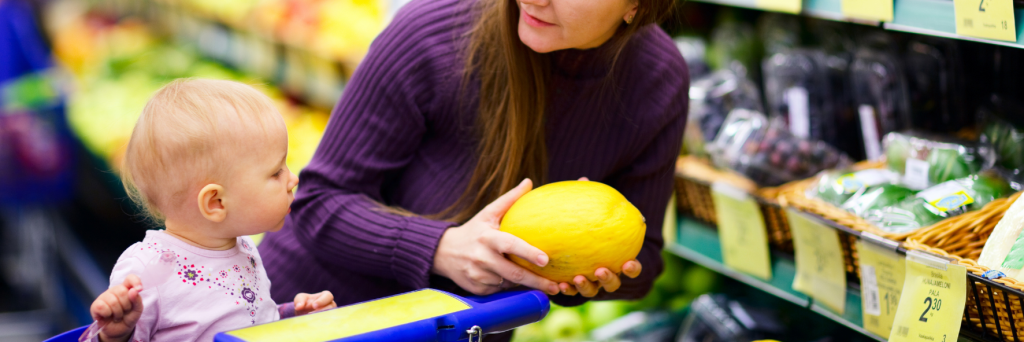
You may see some product links through this blog post, just to let you know, as an Amazon Associate, I earn from qualifying purchases at no cost to you.
So what can you do:
The Math Behind Grocery Shopping
1. Counting and Basic Maths
The most fundamental math skill, counting, is a game for young learners amidst the grocery aisles. When they help you pick out a certain number of apples or tally up items in the cart, they’re practicing counting whether it is on their fingers or a calculator. This hands-on experience reinforces their understanding of numbers better than any worksheet could. You can spot shapes with your child, talk about colours, and ask them to spot a number or add two together. For the older children ask them to add up larger numbers and use a novelty calculator to see if they are correct.
2. Price Comparison and Subtraction
Encourage your kids to compare the prices of different brands. This not only introduces them to the concept of value for money but also involves basic subtraction skills. They’ll learn how to calculate price differences and understand savings, turning a regular shopping trip into a real-world math exercise.
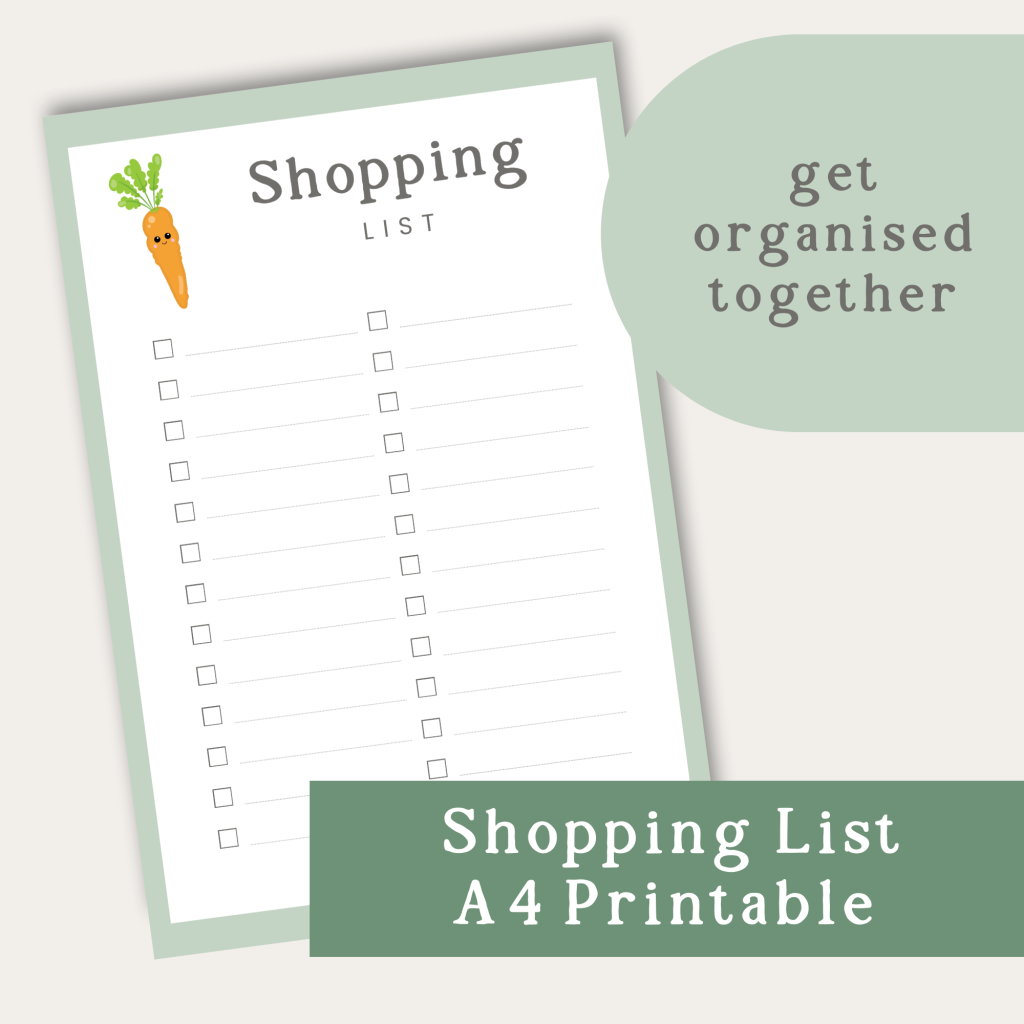
3. Budgeting: Addition and Basic Algebra
Involve your children in budgeting for grocery shopping. Give them a fixed amount and let them decide what to buy within that budget. This practice enhances their addition skills and introduces them to the basics of algebra as they learn to adjust quantities and items to stay within the budget.
4. Understanding Weights and Measures
Grocery shopping is a practical way to teach children about weights and measures. When you buy produce by weight or liquids by volume, explain the units used, like pounds or litres. This not only improves their measurement skills but also their understanding of real-life applications of these units. Even bring the fun home and let them play on scales or with measuring cups. So perfect for baking, and if you haven’t read the blog visit Flour Power
On the way home, you could play the ‘I went to the shop’ memory game and see if they can remember what they bought and maybe at home you can encourage them to play my son’s favourite board game Pop To The Shop by Orchard Toys. We have had many hours of fun with that one.
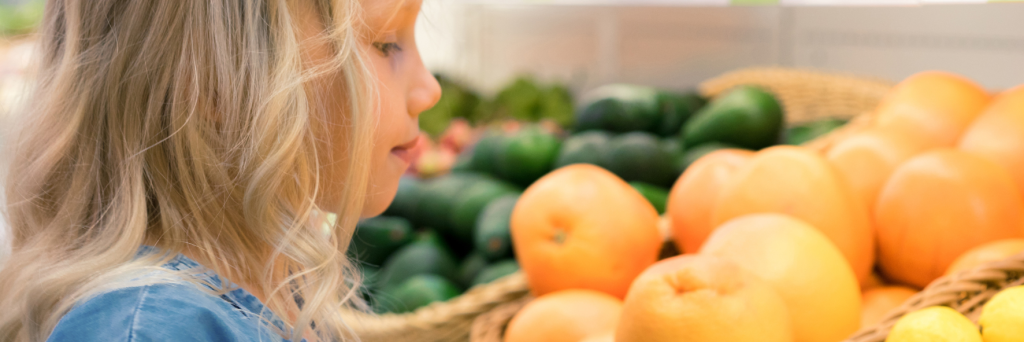
The Bigger Picture: Real-Life Skills
Beyond math, grocery shopping teaches planning, reading, decision-making, and the importance of healthy eating. It’s an opportunity to discuss nutrition, food origins, climate, transportation, politics for the older ones, and more, making it a comprehensive educational experience.
Tips for Parents
- Make It Fun: Turn grocery shopping into a game. For example, ask your children to find the cheapest brand of a product or calculate the total cost before reaching the checkout.
- Ask Questions: Encourage your kids to ask questions and think critically about purchases. Why is one product more expensive? Is it better quality, or just better marketing?
- Patience is Key: Allow for mistakes and provide gentle guidance. The goal is learning, not perfection.
- Small may be better: And if you cannot handle a big shop make little visits to the local corner shop.
Grocery shopping is just one example of how everyday activities are hidden opportunities for learning. Recognizing and utilizing these moments can make learning a constant, enjoyable part of our children’s lives.
Why not sign up for our newsletter and receive our help to beat the overwhelm of home education?
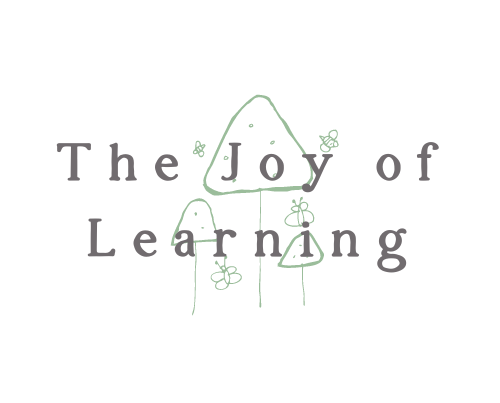
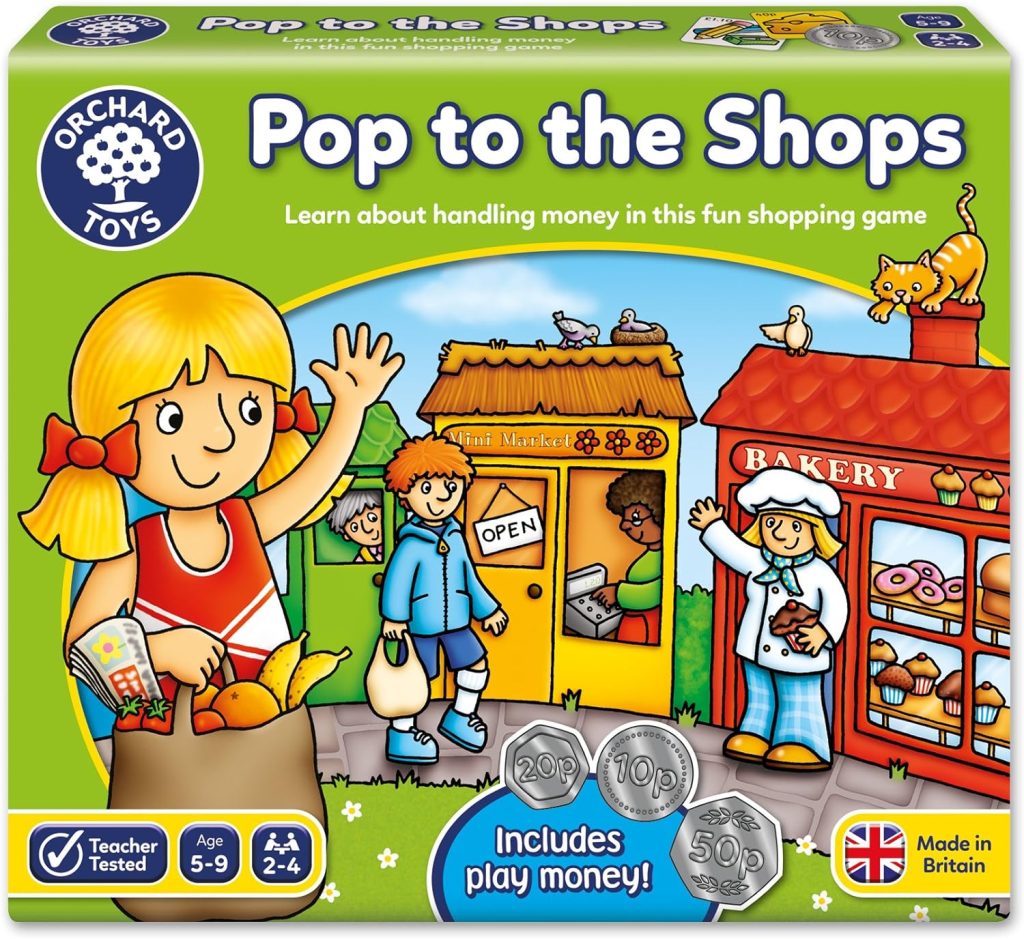


One Comment